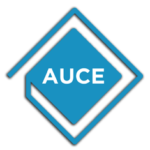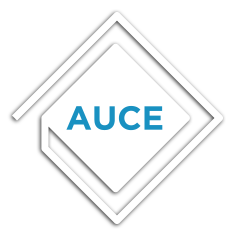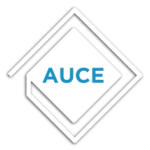Financial Markets and Institutions
Course Code:
Course Hours:
Contact Hours / Week:
Prerequisite:
Co-requisite:
Course Description:
The financial system consists of five basic elements: Money, financial instruments, financial markets, financial institutions and the central. The objective of the course is to prepare students for today’s dynamic financial environment and to provide a comprehensive understanding about financial markets, their players and instruments. Initially, the focus will be on the description of the nature and economic functions of the several types of financial institutions that are present in the market.
The second part of the course will then be used to cover specific aspects of the equity and debt markets in more detail. Emphasis will be put on their players and instruments, in order to provide a more detailed knowledge about risk/return characteristics and price determination. It is expected that students will develop critical skills in assessing the relevance of the principles of finance and financial intermediation to real-world situations, and to better understand the role that financial markets play in the business environment that they will face in the future. Emphasis is placed upon policy effects of financial institutions and markets upon various sectors of the economy.
Course Learning Outcomes:
Upon successful completion of this course, students will be able:
- Show what drives the term structure of interest rates.
- Explain the way investment banks and mutual funds operate.
- Discuss the stock valuation based on fundamental analysis.
- Read a bank’s balance sheet and discuss how risks are managed in banks.
- Know some histories of the insurance industries and know how they operate.
- Grasp the basic features of options and futures and understand how they can be used in the financial markets and by various institutions.
- Know the main functions of the Fed and talk about how money is being crated and the tools Fed uses to affect money supply.
- Talk about how the value of a currency is determined in the short run and long run.
- Talk about the evolution of exchange rate history, and the central bank intervention in the currency market, both unsterilized and sterilized.
High Quality Education with Reasonable & Affordable Prices
Apply NOW and Benefit from Financial AID program


